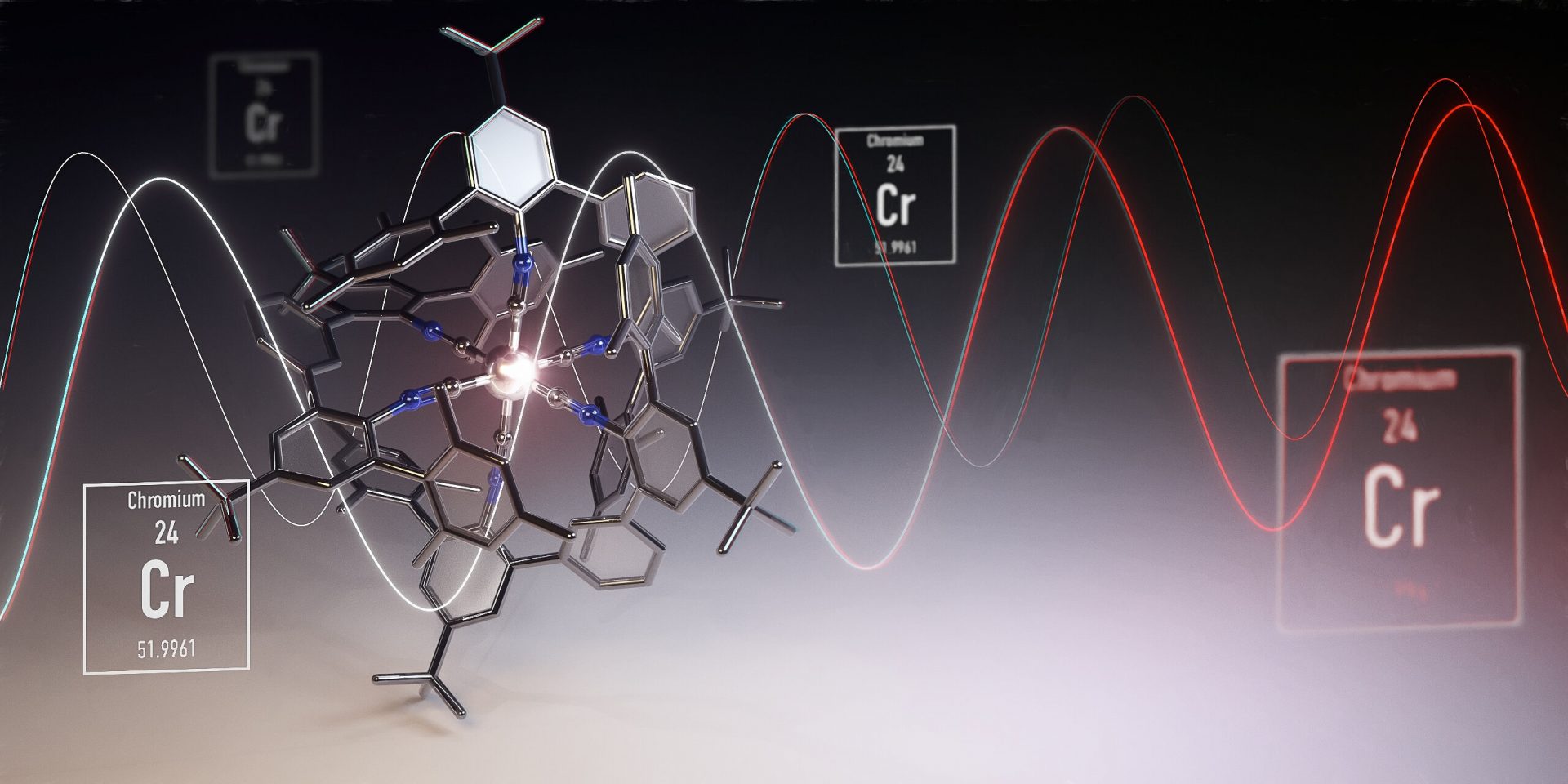Expensive noble metals have always been crucial in lighting up screens and converting solar energy into fuels. But now, chemists at the University of Basel have achieved something remarkable – they’ve found a way to replace these rare elements with a much cheaper metal. And the best part? The new materials have properties that are almost identical to the ones used before.
We’re all familiar with chromium – it’s used in everyday applications like chromium steel in the kitchen or chrome-plated motorcycles. But soon, chromium may also find its way into the screens of our ubiquitous mobile phones or be used to convert solar energy. Researchers at the University of Basel, led by Professor Oliver Wenger, have developed chromium compounds that can replace the rare noble metals osmium and ruthenium in luminescent materials and catalysts. These two elements are almost as rare as gold or platinum.
In a study published in Nature Chemistry, the team reports that the luminescent properties of the new chromium materials are nearly as good as those of the osmium compounds used previously. However, chromium is about 20,000 times more abundant in the earth’s crust compared to osmium, making it much cheaper.
Not only are the new materials efficient catalysts for photochemical reactions, but they also have the potential to be used in artificial photosynthesis to produce solar fuels. When irradiated with a red lamp, the energy from the light can be stored in molecules, which can then serve as a power source. “Here, there’s also the potential to use our new materials in artificial photosynthesis to produce solar fuels,” explains Wenger.
Tailor-made packaging for chromium
To make the chromium atoms glow and enable them to convert energy, the researchers built them into an organic molecular framework consisting of carbon, nitrogen, and hydrogen. This tailor-made environment helps minimize energy losses and optimize the luminescent and catalytic properties. However, chromium requires a more complex framework than noble metals, so further research will be needed in the future.
Encased in its rigid organic framework, chromium proves to be much more reactive than noble metals when exposed to light. This opens up possibilities for photochemical reactions that are otherwise difficult to initiate, such as the production of active pharmaceutical ingredients.
Competition with other alternatives
In the search for sustainable and cost-effective materials without noble metals, iron and copper have been the primary focus. While promising results have been achieved with these elements, chromium has also been incorporated into luminescent materials in the past. However, the luminescent and catalytic properties of these materials often fell short compared to those containing rare and expensive noble metals. The new chromium materials, on the other hand, closely match the efficiency of materials containing noble metals.
“At the moment, it seems unclear which metal will ultimately win the race when it comes to future applications in luminescent materials and artificial photosynthesis,” says Wenger. “What is certain, however, is that the postdocs Dr. Narayan Sinha and Dr. Christina Wegeberg have made important progress together.”
Next, Wenger and his research group plan to develop their materials on a larger scale for broader testing of potential applications. They aim to achieve light emission in different spectral colors and further optimize the catalytic properties, bringing us closer to converting sunlight into chemical energy for storage, just like in photosynthesis.








